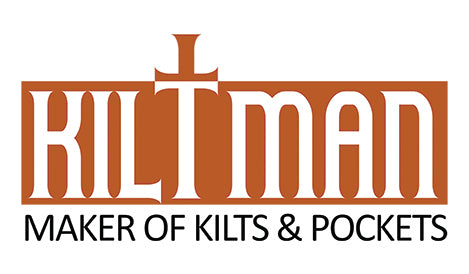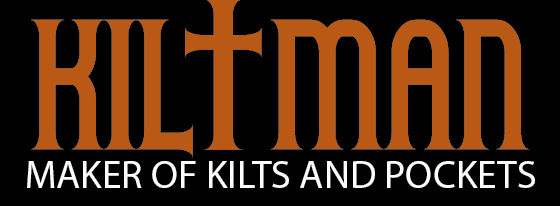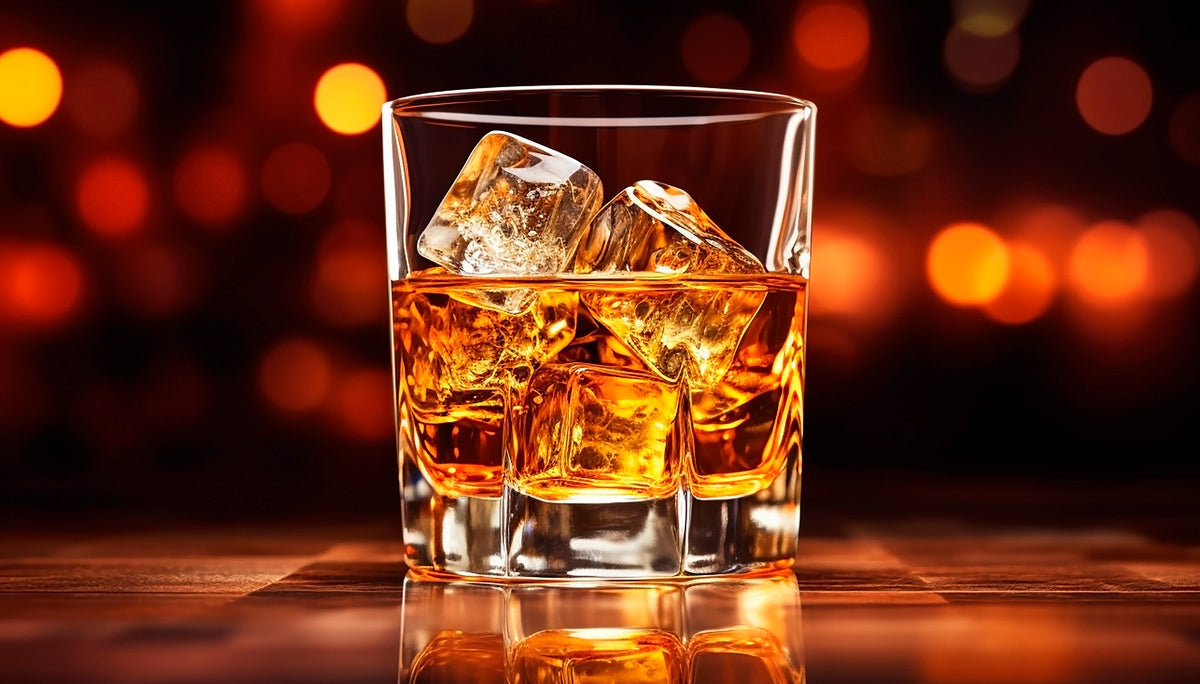Ireland vs. Scotland: Similarities and Differences


Ireland and Scotland—two beautiful, culturally rich nations with deep historical roots—are often compared, and for good reason. Both share strong Celtic heritage, rugged landscapes, and a mutual love for storytelling, music, and community. However, despite their many similarities, Ireland and Scotland each have their own unique characteristics that set them apart.
In this post, we’ll explore both the commonalities and key differences between Ireland and Scotland, from their history and culture to their landscapes and modern identities.
Shared Celtic Roots
1. Celtic Heritage
One of the most striking similarities between Ireland and Scotland is their shared Celtic heritage. Both nations trace their roots back to the Celts, a collection of tribes that spread across Europe in ancient times. This common ancestry is evident in their folklore, languages, and traditions.
- Gaelic Language: Both Scotland and Ireland have Gaelic languages—Scottish Gaelic and Irish Gaelic. While they stem from the same linguistic family, they are not mutually intelligible today. However, Gaelic words and phrases can be found in place names, cultural expressions, and even the accents of both countries.
- Celtic Art and Symbols: The Celtic knot, spirals, and intricate designs are important symbols in both countries, frequently seen in their art, jewelry, and religious artifacts.
2. Music and Dance
Music is a huge part of both Irish and Scottish culture. Traditional music from both countries often features fiddles, pipes, and harps, with lively jigs and reels being common. Both nations also have traditional folk dances—Irish dancing with its quick, precise footwork and Scottish Highland dancing, which is more upright and martial.
- Both countries have produced famous folk musicians who helped popularize their respective traditional styles globally, such as The Chieftains (Ireland) and The Corries (Scotland).
3. Storytelling Tradition
Ireland and Scotland share a love for storytelling, with myths and legends passed down through the generations. In both countries, bards and storytellers once held esteemed positions in society, keeping their cultures alive through oral tradition.
- Irish Myths: Famous figures like Finn MacCool, the Tuatha Dé Danann, and the banshee.
- Scottish Myths: Legends of selkies, the Loch Ness Monster, and figures like William Wallace have woven themselves into the national identity.
Key Differences Between Ireland and Scotland
Despite these shared cultural elements, Ireland and Scotland have developed distinct identities over time. Here are some of the most significant differences:
1. Geography and Landscape
- Ireland: Known as the “Emerald Isle” for its lush green hills and valleys, Ireland boasts rolling landscapes, rugged coastlines, and mild weather due to its maritime climate. Its geography is often more pastoral, with ancient ring forts, green fields, and famous cliffs like the Cliffs of Moher.
- Scotland: Scotland is famous for its more dramatic, mountainous landscapes, especially in the Highlands. Scotland has an array of lochs, glens, and Munros (mountains over 3,000 feet). Its weather is typically more variable, with frequent rain and colder winters.
2. Political Structure and Governance
- Ireland: The island of Ireland is divided into two political entities. The Republic of Ireland is a sovereign nation, with its own government and is part of the European Union. Northern Ireland, however, is part of the United Kingdom. The Republic of Ireland gained independence from Britain in 1922 after years of conflict, while Northern Ireland remains politically tied to the UK.
- Scotland: Scotland is one of the four countries that make up the United Kingdom (alongside England, Wales, and Northern Ireland). While it has its own parliament and some degree of autonomy, it is still subject to UK-wide governance, particularly in defense and foreign policy. Scotland has had an ongoing debate about independence, with a referendum held in 2014 (which resulted in a vote to remain in the UK), and discussions continue to this day.
3. Religion
- Ireland: Historically, Ireland has been predominantly Catholic, and religion has played a significant role in the country’s history, especially in the conflicts between Catholics and Protestants in Northern Ireland (known as The Troubles). While modern Ireland is increasingly secular, Catholic traditions remain strong, particularly in the Republic of Ireland.
- Scotland: Scotland has a significant Protestant majority, especially within the Church of Scotland, also known as the Kirk. Catholicism remains important in some areas, particularly in the west and around Glasgow, but overall, religion plays a slightly less central role in everyday life compared to Ireland.
4. Whisky vs. Whiskey
- Scotland: Known for Scotch whisky (spelled without the "e"), Scotland is renowned for its whisky industry. Scotch is aged for at least three years and often features peaty, smoky flavors, especially those from Islay.
- Ireland: Ireland is famous for its Irish whiskey (spelled with an "e"), which is typically triple-distilled, giving it a smoother, lighter flavor. Irish whiskey tends to have less of the smoky, peaty notes that Scotch whisky often possesses.
5. Cultural Identity and Language
- Ireland: In the Republic of Ireland, Irish Gaelic is still taught in schools and is one of the official languages, though English is more commonly spoken. The country has a strong national identity, distinct from its British neighbors, and celebrates its Celtic roots through holidays like St. Patrick’s Day and in its embrace of Gaelic games, such as hurling and Gaelic football.
- Scotland: While Scottish Gaelic is still spoken in parts of Scotland (especially in the Highlands and Islands), it is less widely used than Irish Gaelic. Scotland’s national identity is strongly tied to its history within the UK, though a growing sense of Scottish nationalism has emerged over the past few decades. Scotland is also known for its Highland Games and bagpipes, cultural symbols that have helped distinguish it from the rest of the UK.
6. Tourism and Cultural Appeal
- Ireland: Famous for its pub culture, warm hospitality, and literary history (James Joyce, Oscar Wilde), Ireland is a popular destination for travelers seeking both urban charm in cities like Dublin and natural beauty in its rural landscapes.
- Scotland: Scotland attracts visitors with its historic castles, ancient standing stones (like those at Orkney), and the allure of the Highlands. Cities like Edinburgh are rich with history, and events like the Edinburgh Fringe Festival are world-renowned.
7. Kilts
- Scotland: Scotland is the birthplace of kilts and was a traditional form of 'highlander' apparel, beginning around the 16th century. Throughout the years, various tartan patterns emerged to represent family names known as Scottish clans.
- Ireland: Although kilts are primarily associated with Scottish tradition, there are now a variety of Irish tartans available for Irish kilt wearers, along with solid-colored utility kilts (like the kilts we sell). It’s not uncommon to see both male and female Irish dancers wearing kilts, and kilts have also become a popular choice for formal attire at Irish weddings. Especially in the US, kilts are frequently worn by people of both Scottish and Irish descent as a proud expression of Celtic heritage.
Conclusion: More Alike Than Different
Ireland and Scotland are like two sides of the same Celtic coin—each with its own distinct shine but sharing many of the same foundational elements. Their intertwined histories, shared Celtic heritage, and love for storytelling, music, and tradition are the bonds that unite them. However, their differences in geography, political landscape, religion, and cultural evolution have given each country its own unique identity.
Whether you’re drawn to the rugged Highlands of Scotland or the rolling green hills of Ireland, both nations offer a rich, vibrant experience steeped in history and tradition.
Whichever side of the Irish Sea you find yourself on, you’ll discover the magic that makes these two countries so captivating—yet wonderfully different.
View our collection of Utility Kilts.
View our collection of Irish Jewelry.





Kurt Evald Noer
Author